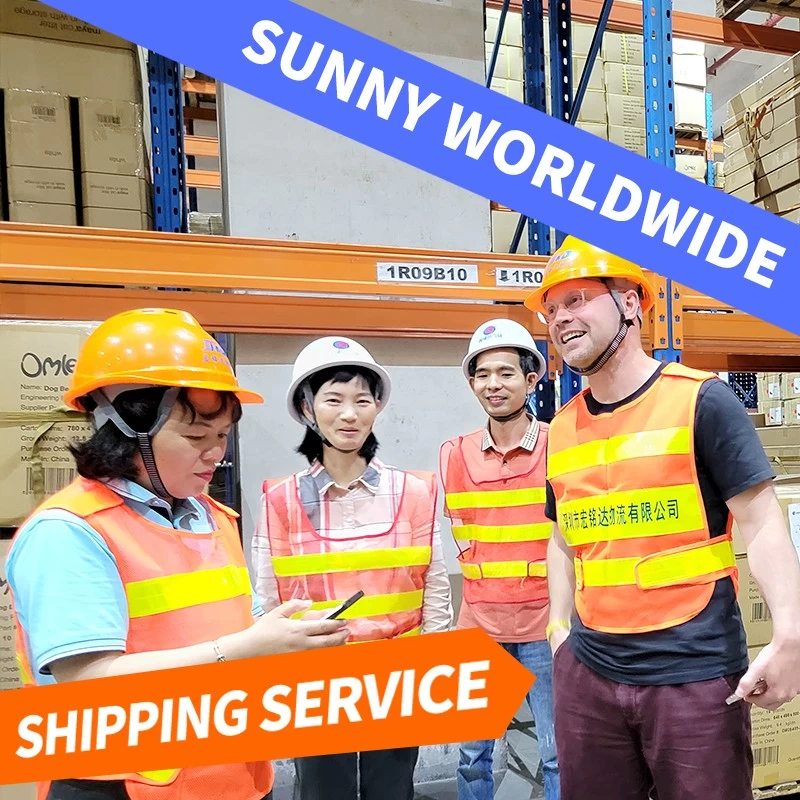What does "re-export" mean in international trade? What is the process?
Transit Trade, also known as transit Trade (Intermediary Trade) or Re-Export trade (re-export trade) is a special form of international trade. It refers to the purchase and sale of import and export goods is not carried out directly between the producing country and the consuming country, but through a third country (or region) as a transit point. For transit countries, this form of trade constitutes transit trade.
Definition and characteristics of entrepot trade
The core of transit trade is that goods are not transported directly from the producing country to the consuming country during the import and export process, but are transited through one or more third countries. In this process, the goods can be processed in a third country simply, such as changing packaging, sorting, selecting, sorting, etc., but these operations are not considered processing. Ownership of goods is transferred from exporters in producing countries to middlemen in third countries, and from middlemen to importers in consuming countries.
Transit trade has the following characteristics:
1. Cargo distribution and transit: transit trading countries usually have superior geographical location, good infrastructure and convenient trade environment, which can be used as a cargo distribution center and warehouse to promote the smooth progress of international trade.
2. Document processing trade: With the development of entrepot trade, document processing trade has gradually become the mainstream. This method avoids the complicated formalities of customs clearance and import and export of goods in a third country, saves costs such as freight, insurance and handling fees, reduces risks, shorens delivery time, and is conducive to importers to seize sales opportunities.
3. The form of trade is flexible: entrepot trade can be pure entrepot trade, that is, goods are re-exported in a third country without being processed; It can also be processed and re-exported, that is, the goods are processed and value-added in a third country and then exported.
Types of re-export trade
According to whether the goods are processed in the transit place, transit trade can be divided into pure transit trade and processing transit trade.
1. Pure transit trade: the third country intermediaries in transit re-export imported goods without processing. Middlemen may grade, mix, pack, label, etc., but these operations do not change the form, nature, structure or utility of the goods.
2. Processing and transit trade: After the goods are imported to the transit country through customs clearance, they are processed and then exported to the importing country. This way of trade can not only obtain transit profits, but also obtain processing profits. Processing entrepot trade requires the transit area to have a large number of labor, low wage level, good infrastructure and bonded warehouses or bonded areas and other conditions.
Significance and development of entrepot trade
Transit trade plays an important role in international trade, which is of great significance to transit countries, producing countries and consuming countries.
1. Income of transit countries: Through transit trade, transit countries can obtain considerable transit profits and warehousing, transportation, loading and unloading, tax and other income. At the same time, transit trade has also promoted the development of local finance, transportation, telecommunications and other industries.
2. Convenience between producers and consumers: transit trade provides a broader market and more trade opportunities for both producers and consumers. Through transit in third countries, producing countries can more easily sell their products to global markets, while consuming countries can more easily access the goods they need.
3. Trade risks and opportunities: Although transit trade reduces market risks (because most market risks are in foreign sales), it also faces some challenges, such as export restrictions and international market access regulation. However, with the continuous development of international trade, transit trade will continue to play an important role in the future, bringing more trade opportunities and benefits to countries.
The operation process of entrepot trade
The operation process of entrepot trade usually includes the following steps:
1. Preparation and departure: the exporting country prepares the goods and ships them out of the port, and provides relevant information to the transit country.
2. Arrival and declaration of goods: After the goods arrive at the port of the transit country, the transshipment agent will change the documents and declare the goods information to the bonded area or the customs.
3. Customs declaration and storage: After the completion of customs declaration, the goods are transported to the bonded warehouse or the designated place for storage.
4. Information modification and inspection and quarantine: Modify the cargo information according to customer's instructions, and conduct inspection and quarantine before shipment.
5. Re-export of goods: After passing the inspection and quarantine, arrange transportation to the designated place for shipment, and re-export of goods to the consumer country.
Sunny Worldwide Logistics has more than 20 years of freight forwarding history,and over half of staffs working in Sunny about 5-13years.Emergency solutions must be offered with 30 minutes if any. You may not find other companies like us in Shenzhen

As an important form of international trade, transit trade, with its unique trade mode and flexible operation mode, provides more trade opportunities and benefits for all countries.